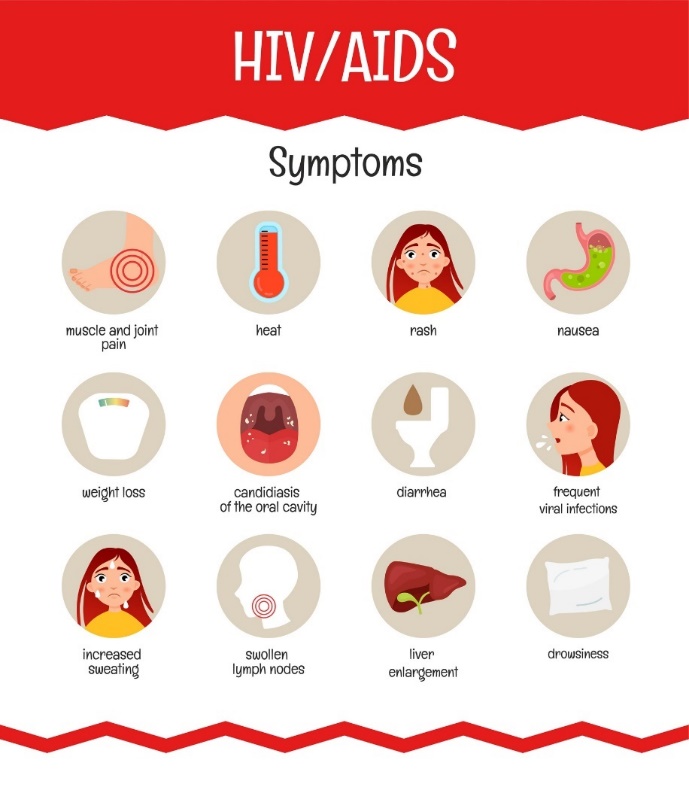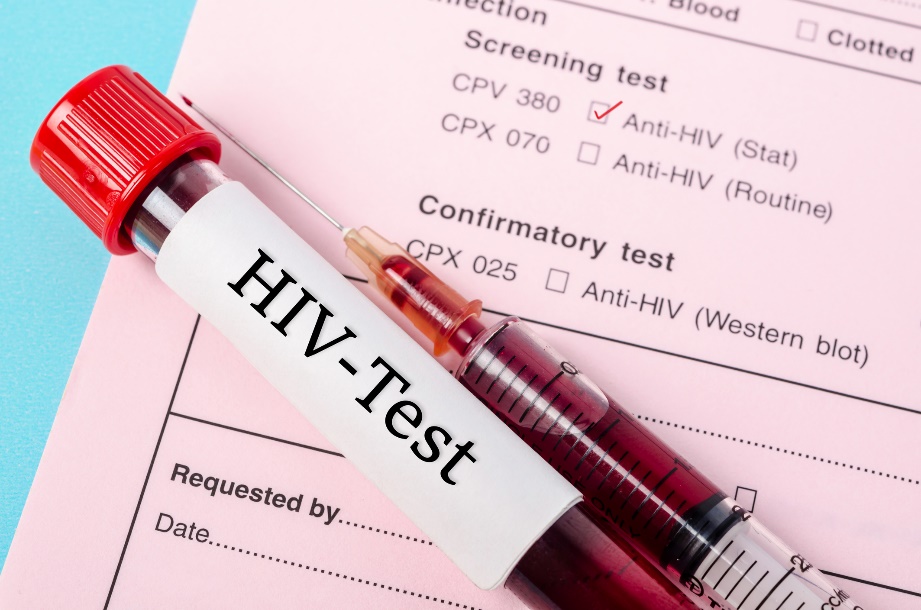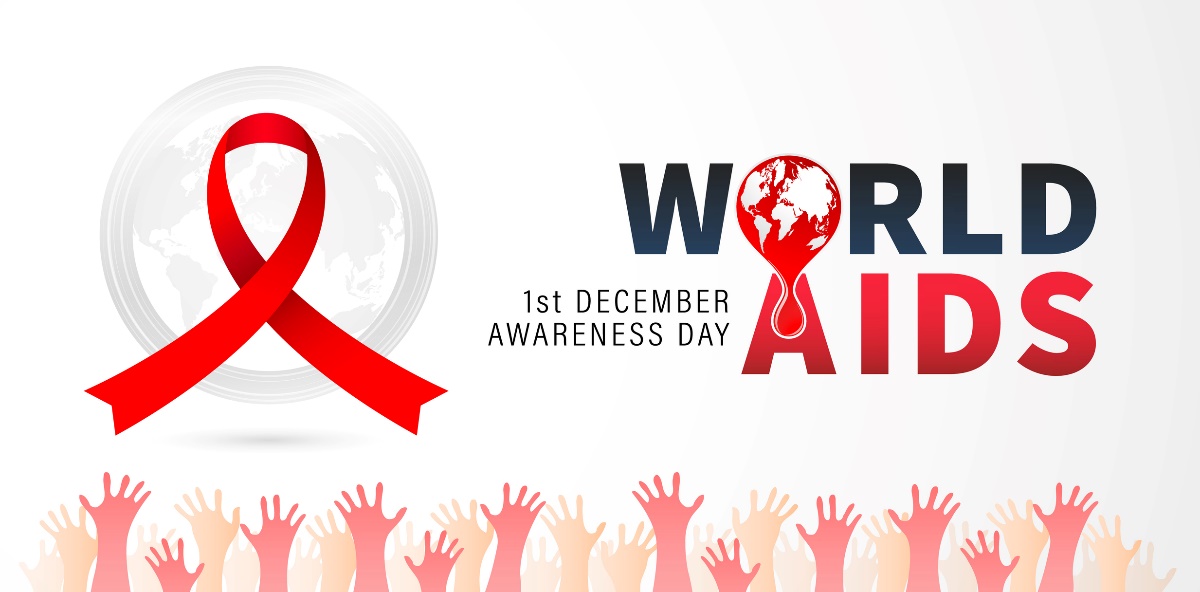- solen.sk - HIV infection - still a topical problem. Solen. Doc. RNDr. Danica Staneková, CSc.
- casopisvnitrnilekarstvi.cz - HIV infection as a new disease of internal medicine. Svatava Snopková
- internimedicina.cz - News in antiretroviral therapy of HIV/AIDS infection. doc. MUDr. Marie Staňková, CSc.
- hiv.gov - HIV.go online
- healthline.com - A Comprehensive Guide to HIV and AIDS. Healthline. Ann Pietrangelo
What is AIDS/HIV infection: transmission and symptoms?

HIV is abbreviated as the human immunodeficiency virus. The infection attacks cells in a person's lymphatic system. Its worst stage is AIDS - acquired immune deficiency syndrome. How is the disease manifested, transmitted and what treatment options are available?
Most common symptoms
- Headache
- Muscle Pain
- Nausea
- Dementia
- Fever
- Rash
- Fatigue
- Deterioration of vision
- Enlarged lymph nodes
- Vomiting
Characteristics
AIDS is an advanced stage of disease of the human immune system in which the body's immune function is progressively reduced. If left untreated, HIV can be fatal.
The etiology, symptoms, transmission, treatment options, prognosis and many other interesting information can be found in this article.
What is HIV/AIDS?
HIV is classified as a retrovirus. The first mention of the disease appeared in 1981 in the USA.
Dr. Michael S. Gottlieb was among the first to publish his findings, describing cases of the disease associated with homosexual unprotected sex.
The disease is most prevalent in areas of Africa and in less developed countries of the world.
However, it occurs worldwide.
Causes
HIV is a type of RNA virus from the family Retroviridae and the genus Lentivitidae.
Infectious disease is mainly caused by a virus labelled HIV-1 in approximately 95% of cases of infection. The remaining percentage is caused by a virus labelled HIV-2.
The first form is widespread worldwide and the second form of the virus is found mainly in the countries of Africa.
After infection with the virus, the virus multiplies in the body of the infected individual. HIV attacks cells of the lymphatic system, T-lymphocytes and macrophages.
The structure of the infected lymphoid cells is altered and the HIV viral code becomes an integral part of the cells.
The disease causes a reduction or loss of immunity, destroying white blood cells and gradually destroying the immune system of the infected individual.
HIV has a strong affinity (compatibility/proximity) for the CD4+ T-cell marker of the immune system.
There is a gradual decrease in the number of CD4+ T-lymphocytes and a concomitant decrease in the cellular immunity of the individual.
HIV can transcribe its RNA into proviral DNA.
Thus, after infection, the body transcribes information and synthesises RNA and mRNA. Viral proteins are produced with the help of the protease enzyme and new virions are released from the host cell.
HIV/AIDS transmission
Transmission does not occur in the same way as with other more common viruses - through air, droplets, close contact, or sharing things in common with an infected person.
HIV infection is mainly transmitted through unprotected sex, blood or from mother to child (during childbirth and breastfeeding).
Unprotected sexual contact is the most common mode of transmission, accounting for approximately 70-80% of cases.
What are the risks of changing sexual partners? Sexually transmitted diseases
The virus is primarily transmitted through sperm during unprotected vaginal and anal intercourse. HIV transmission during oral sex is also possible due to the potential presence of small wounds on the lips and in the oral cavity.
If a person ingests bodily fluids (semen, pre-ejaculatory fluid, menstrual blood, vaginal secretions), transmission of HIV infection is possible.
Transmission through blood is the second most common way of spreading HIV infection. In the past, blood transfusions were the highest risk of spreading the infection.
With the development of medicine, mandatory testing of blood products has been introduced and the risk of infection has been reduced to a minimum. Developing countries with low health and hygiene standards remain a problem.
Tattooing, acupuncture and piercing also pose some risk of transmission, but this applies to facilities with poor hygiene practices and standards.
Drug users are a group at risk, especially in the case of intravenous needle and syringe use.
Mother-to-child transmission of HIV infection can occur during pregnancy, perinatally (during childbirth) or during breastfeeding.
Nowadays, thanks to medical advances and the treatment given to mothers during pregnancy, mother-to-child transmission of HIV has been significantly reduced. However, HIV-positive mothers are not allowed to breastfeed their newborns after delivery.
Possible modes of HIV transmission:
- Unprotected vaginal intercourse
- Sperm, pre-ejaculatory fluid
- Vaginal secretions, menstrual blood
- Anal and oral intercourse
- Through blood
- Blood and blood derivatives
- From mother to child's foetus
- Breast milk, breastfeeding
Symptoms
The symptoms and course of HIV infection can be divided into approximately 4 stages.
Shortly after infection, the virus is usually in an asymptomatic phase.
The first non-specific symptoms are enlargement of the lymph nodes, increased body temperature, headache and indigestion (diarrhoea) or nausea and vomiting.
Usually after the first vague symptoms, the asymptomatic phase occurs again.
By about 10 years of age, the disease gradually enters a third phase. The body and its immune system are weak. Various associated infections and cancers arise in various body systems.
In the last stage (AIDS), the defences of the infected organism are so inadequate that infection with almost any virus or bacteria can kill the organism.
Symptoms and manifestations in the advanced stage are numerous and varied for the low immunity of the organism and the easy penetration of the infection. The specific clinical symptoms depend on the associated disease/infection (pneumonia meningitis, cancer...).
HIV symptoms and manifestations:
- Lymph node enlargement
- Headache
- Joint and muscle pain
- Nausea and vomiting
- Indigestion and diarrhea
- Candidiasis of the oral cavity
- Skin rash
- Increased sweating
- Increased body temperature

Diagnostics
The diagnostic procedure includes a comprehensive history taking, assessment of clinical symptoms and basic medical examination.
Evidence of anti-HIV antibodies by enzyme immunoassay (EIA) is required to establish a diagnosis of HIV infection.
Thus, the main procedure for diagnosing the presence of HIV is the collection of a blood sample for laboratory testing. Highly sensitive tests are now available to detect the presence of anti-HIV antibodies as well as the presence of the HIV viral antigen p24.
Currently, anti-HIV antibody testing from the patient's saliva is also used. The advantage is that it is easy and quick to collect. However, due to the significantly lower concentrations of anti-HIV antibodies in saliva and urine, this type of testing is used more for studies and screening in high-risk groups.
It is valid that an individual with two independent positive blood sample results can be considered HIV positive.
When a positive diagnosis is made, the patient is strongly counselled about the risk of carrying the virus and the potential for transmission of HIV infection.
The cause of an equivocal result may be a more serious past infection, a specific vaccination or other systemic autoimmune or oncological disease in the individual.
Blood, sperm and organ donors and, last but not least, breast milk donors are required to be tested for anti-HIV antibodies.

Course
The course of the disease is varied and individual and is characterised by certain changes and stages of infection. In the initial early period, HIV may not manifest itself at all and the course of the disease is therefore asymptomatic.
Subsequently, non-specific symptoms such as headache, muscle pain, enlarged lymph nodes, nausea or increased fatigue are present.
In the second phase of disease progression, a certain immune response of the body occurs with the appearance of the first specific symptoms and manifestations.
The progression stage is usually followed by a more prolonged stage with no obvious clinical signs. In the meantime, however, the individual's immune system is slowly destroyed.
In the last stage, the HIV/AIDS disease is fully developed and the infected person is at risk of death due to the significantly low and insufficient immunity of the organism.
HIV/AIDS can be divided into 4 stages
1. Early stage (acute infection) - the initial phase of the disease when the virus enters the lymphoid cells.
Some people do not experience this stage, but experience non-specific symptoms such as increased fatigue, headache, joint pain, sweating, indigestion, oral candidiasis or enlarged lymph nodes.
2. Asymptomatic stage (asymptomatic period) - this is followed by a second stage of the disease, which in most cases is asymptomatic. Lymph node enlargement may often occur at several sites on the body.
Despite the patient's subjectively favourable state of health, HIV continues to multiply in the body.
This stage lasts for approximately 2-10 years. In the early stages of this stage, acute treatment is needed to reduce the risk of progression to the subsequent stage 3 disease and improve prognosis.
Symptomatic stage 3 (HIV symptoms) - this is the symptomatic stage in which various associated dangerous diseases such as pneumonia, toxoplasmosis, meningitis, skin infections and herpes are often present as a result of a decline in immunity.
Night sweats, weight loss, increased fatigue, oral candidiasis and other accompanying symptoms are present.
The intensity and duration of this phase depends on the age and health of the patient.
Stage 4 AIDS (late symptomatic) - the last stage of the disease is characterised by severe opportunistic infections progressing to AIDS - acquired immune deficiency syndrome.
Health damage occurs at multiple levels and systems. The nervous system is affected. Gradually, tumours develop. Characteristic tumours are sarcomas, lymphomas, anal or cervical carcinomas.
Sexual diseases in summer: what are the dangers of sex tourism?
Prognosis of HIV/AIDS
Given the prognosis and progression of the disease, it is ideal to catch the infection early in the initial phase of the disease. Conversely, the worst prognosis is for patients diagnosed at an unfavourable state of health and at a higher stage of development of the infection in the body.
Nowadays, with the development of medicine, HIV infection is already treatable, but still not completely curable. The quality of life of a patient depends on the specific health condition of the patient, the stage of the disease, associated diseases, age and medical history.
The psychological aspect of the treatment is important, as society's prejudices and fears can still be a barrier to a better quality of life for the patient.
In recent years, the incidence of HIV infection has fallen by 37% and HIV-related deaths have fallen by 45%. It is through ART (antiretroviral therapy) that approximately 13.6 million lives have been saved.
However, not every country has the same access to testing, treatment and quality healthcare. As a result of the lack of HIV services, 770,000 people died as a result of HIV infection in 2018 and 1.7 million people were newly diagnosed.
Preventing HIV infection
As mentioned in the previous paragraphs, HIV infection is mainly transmitted through blood, semen, vaginal mucosal discharge and breast milk.
The use of sexual mechanical protection, the condom, is therefore important.
Preventive testing of blood samples by a doctor and a non-professional lifestyle are also part of the prevention of HIV and other sexually transmitted diseases.
Individual prevention also consists of reducing risky behaviour and avoiding drug use and not using needles or syringes after other people.
In preventing HIV transmission in the health care setting, it is essential that health care workers strictly adhere to measures that reduce the risks of exposure to blood and other body fluids of patients indiscriminately.
The prevention of blood transfusion is also important. In developed countries, this problem is eliminated by mandatory donor testing and is therefore particularly relevant in the developing world.
World HIV/AIDS Day, declared by the World Health Organization (WHO), is a globally significant day that highlights the risks of transmission, prevention and support for the fight against the virus.
The day falls on 1 December each year.

How it is treated: AIDS - HIV
Can AIDS be cured? Treatment with drugs against the virus
Show moreAIDS is treated by
Other names
Interesting resources










